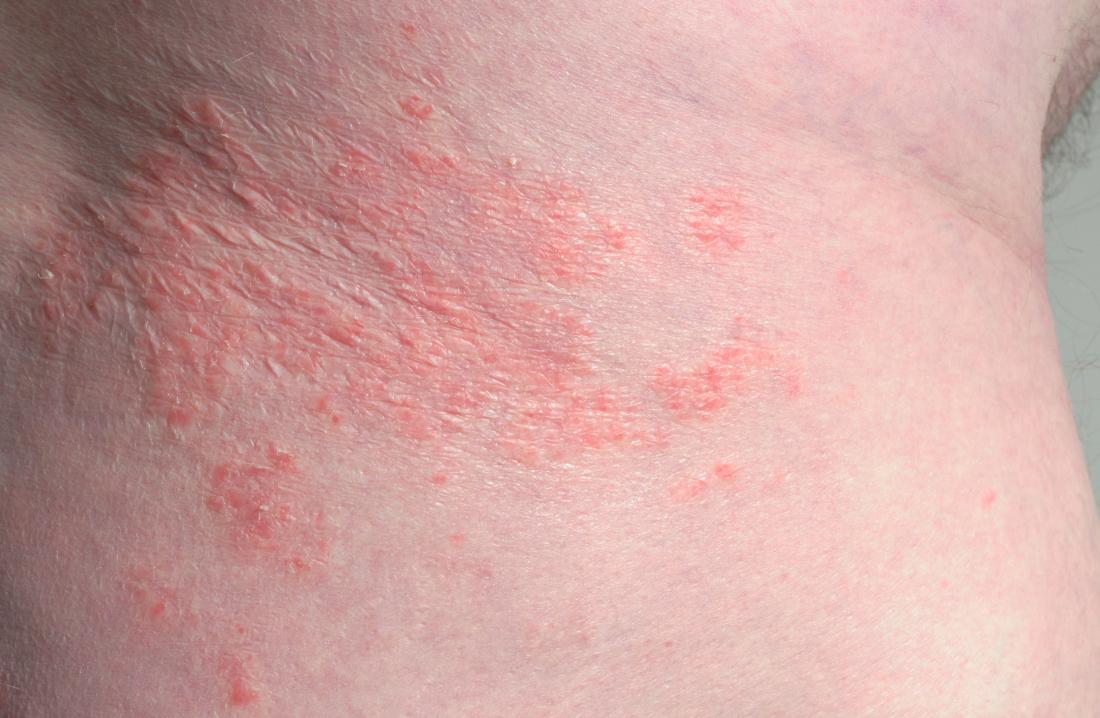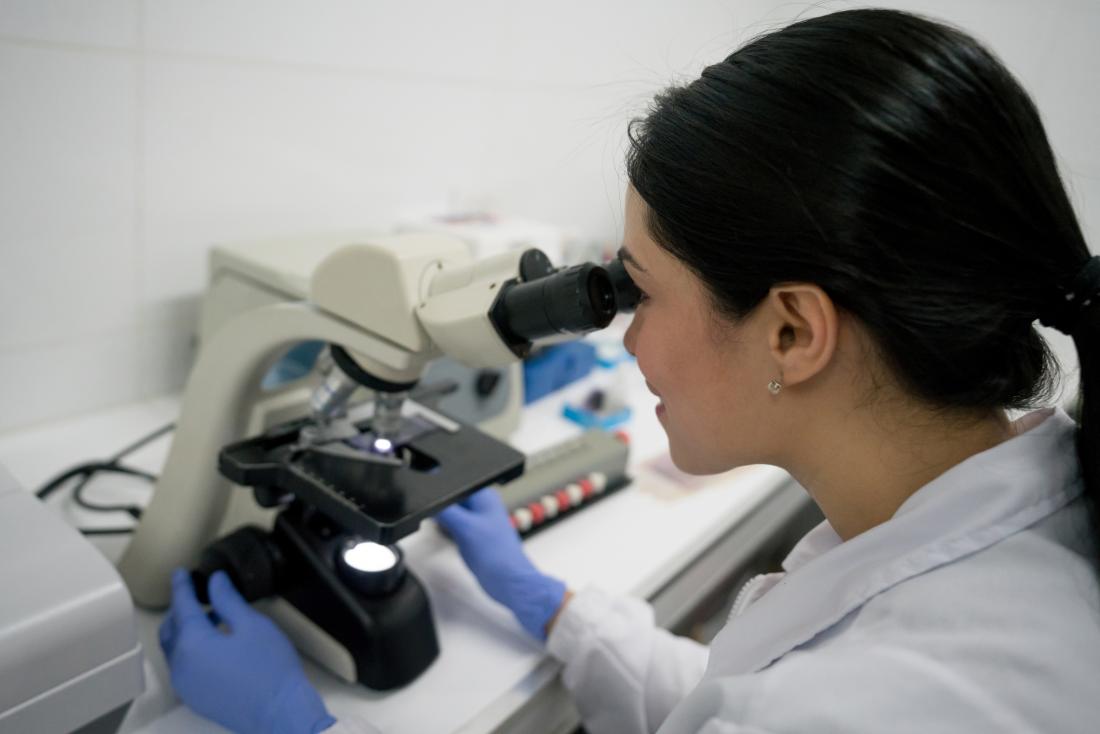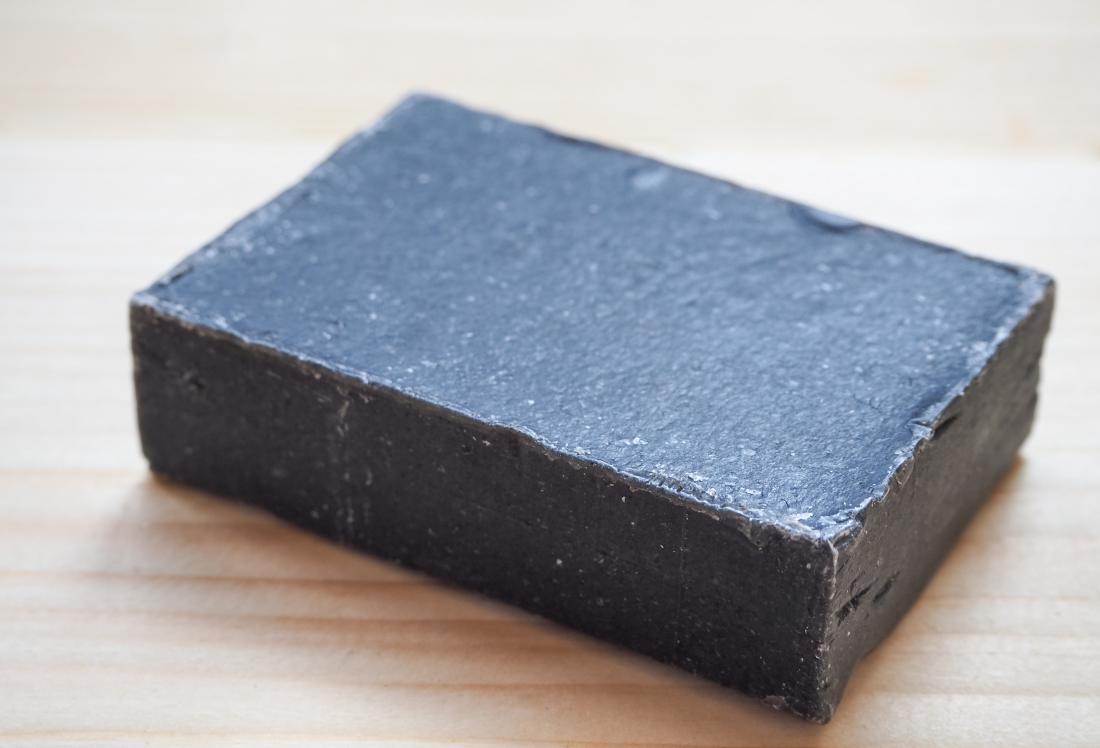People can easily confuse inverse psoriasis with intertrigo, as the symptoms and areas affected are similar. However, their causes and treatments are different.
In this article, we look at what distinguishes the two conditions, including the differences between their causes and symptoms.
Inverse psoriasis vs. intertrigo

Inverse psoriasis and intertrigo both affect areas where the skin folds.
Inverse psoriasis, also known as intertriginous or flexural psoriasis, is a type of psoriasis that affects the skin folds of the body. Between 3 and 7 percent of people with psoriasis experience inverse psoriasis.
Psoriasis is an autoimmune condition, which means that it results from an immune reaction by a person’s body against their own cells or tissues.
Intertrigo is not an autoimmune condition. It is a skin disorder caused by skin-on-skin friction in moist and warm body areas.
In contrast to intertrigo, inverse psoriasis is a persistent or chronic condition. This means that, although treatment can reduce and even eliminate its symptoms for a period, which doctors call remission, they eventually return, which known as a relapse.
Symptoms and affected areas
There are several similarities and differences in the symptoms and body parts affected by the two conditions:
Inverse psoriasis
Inverse psoriasis causes inflammation and smooth patches of redness on the skin, which become worse with sweat and friction. These skin patches are often moist and shiny.
Inverse psoriasis typically affects the skin folds:
- under the breasts
- in the armpits and groin
- around the genitals
- between the buttocks
Intertrigo
Intertrigo mainly affects the top layers of the skin in warm and moist body areas. The skin usually becomes pink, red, or brown and may start to break down if it is very moist. The area may have an unpleasant smell.
Intertrigo affects many of the same areas as inverse psoriasis.
Causes
In inverse psoriasis, a person’s immune system triggers chronic inflammation. This inflammation causes the skin cells to grow too fast and to accumulate on the skin surface. This causes the smooth, shiny, reddish patches that are characteristic of the condition.
Frequently, Candida fungus or bacteria accumulate in the areas of the body that are affected.
Intertrigo is not related to the immune system but caused by the friction of skin folds against each other. Skin infections due to bacteria or fungus can contribute to the condition.
Diagnosis

A lab can analyze a skin biopsy to diagnose inverse psoriasis or intertrigo.
Doctors can diagnose inverse psoriasis and intertrigo by examining a person’s skin and skin lesions. They may also perform one or more of the following tests:
A skin biopsy, where they collect a small sample of the person’s skin to examine under a microscope.
A simple test called a KOH exam to check if a fungus is causing the symptoms. For this test, the doctor scrapes a small portion of skin with a needle or a blade and examines it under a microscope.
A Wood lamp skin examination to check if a bacterium is causing the symptoms. For this test, the doctor looks at the affected skin area under ultraviolet light.
Risk factors
People who are overweight and those with deep skin folds have a higher risk of developing inverse psoriasis than others. People who are overweight are also more likely to develop intertrigo.
People are more likely to develop inverse psoriasis if they have:
- a family history of the condition
- another form of psoriasis, such as plaque psoriasis
The following are risk factors for developing intertrigo:
- wearing splints, braces, artificial limbs, or other medical devices prone to become moist against the skin
- being unable to get out of bed
- having diabetes
Treatment

Coal tar soap can help treat inverse psoriasis.
To treat inverse psoriasis, doctors may prescribe the following medications:
- creams with low-dose steroids that alter the immune system function, such as pimecrolimus and tacrolimus
- creams with vitamin D analogs, such as calcitriol
- tar-based solutions and soaps
- anthralin creams or ointments
Doctors may also prescribe medications to treat intertrigo, such as:
- Domeboro soothing soak to relieve skin irritation
- creams with low-dose steroids to control inflammation
- antibiotic or antifungal creams
People may use lifestyle changes and home care to relieve the symptoms of both inverse psoriasis and intertrigo, including:
- achieving or maintaining a healthy weight
- frequently changing the body’s position
- drying out moist areas of skin by blowing with a fan
- drying and separating skin folds with dry towels
- wearing loose clothing
When to see a doctor
People may wish to talk to their doctor in the following circumstances:
- more skin areas have become affected beyond the skin folds
- the condition does not go away or gets worse with treatments and home care
- pain, discomfort, or difficulty performing daily activities
- problems in the joints, such as swelling or pain
Summary
Inverse psoriasis and intertrigo are two skin conditions that affect areas where the skin folds, such as the armpits, groin, and abdomen, causing an itchy, red rash.
Although their symptoms are similar, inverse psoriasis and intertrigo are separate conditions with different causes and treatments. Psoriasis is an autoimmune condition, while skin-on-skin friction causes intertrigo.
While there is no cure for inverse psoriasis, treatments can relieve or clear up a person’s symptoms. People can easily manage intertrigo with home care and use lifestyle measures and medications to control the symptoms of both conditions.
